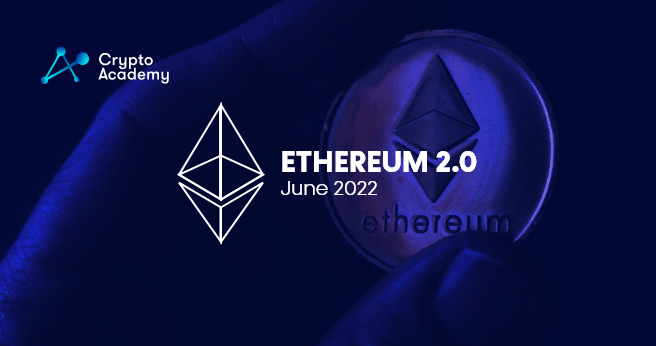Tim Beiko, the main developer of Ethereum (ETH), estimated that the transition to Ethereum 2.0 will place within a few months after June 2022 is over.
Tim Beiko, a software scientist who supervises the developers of Ethereum, claimed that the long-awaited move of the protocol from proof-of-work (PoW) to proof-of-stake (PoS) mining will likely take place in the months following the end of June 2022.
Over the summer of 2022, the blockchain invention of Vitalik Buterin, Ethereum, was long expected to make the transition from the proof-of-work (PoW) consensus mechanism to proof-of-stake (PoS) given that the former consumers an enormous amount of power. Otherwise known as The Merge, this transition of Ethereum has been applauded by many as a cornerstone in the Ethereum network.
Tim Beiko, among the main developers of Ethereum, trusts that Ethereum 2.0 will unfold even later than the expected time. However, he did confirm that they are in the final phase of the transition:
“No firm date yet, but we’re definitely in the final chapter of PoW on Ethereum.”
In a previous remark, Beiko said that he would not exactly be shocked if Ethereum 2.0 unfolds come fall, even though he did not disclose a specific date, or even month for that matter.
According to Vitalik Buterin, the founder of Ethereum, “The Merge” should take place prior to the beginning July 2022. Dates have been moved ahead time and time again, and as a result, it is uncertain if such estimates should be relied upon.
The emphasis on sustainability is likely the most significant benefit of the switch to the proof-of-stake (PoS) consensus mechanism. Ethereum (ETH), just like Bitcoin (BTC) now consumes a lot of electricity to power its mining rigs which generate new blocks in the chain and validate transactions.
As of the most recent estimates, the second-biggest digital asset network consumes well over 112 Terawatt-hours of energy yearly – more than the Philippines or Belgium.
Additionally, a single Ethereum transaction on average consumes energy north of 268 kilowatt-hours which is equivalent to a 9-day electricity consumption of an average American family household.
At the beginning of the current week, developers of the blockchain network passed a significant test centered on the future transition of the protocol by issuing a “shadow fork” of the mainnet to test the software that is anticipated to be launched. According to Parithosh Jayanthi, a developer at the Ethereum Foundation, the fork introduces merge-related parameters to the setup of current testnets: “In doing so, we essentially inherit the state/txs of the canonical testnet.”
As per Van Der Wijden, another leading developer of the protocol, the shadow fork’s introduction can be characterized as a historical moment.

